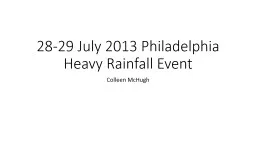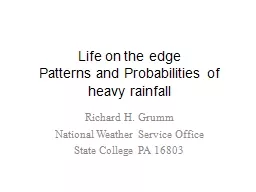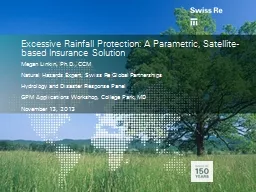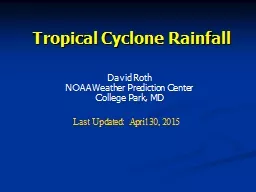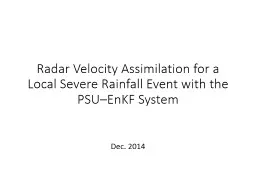PPT-28-29 July 2013 Philadelphia Heavy Rainfall Event
Author : debby-jeon | Published Date : 2017-11-03
Colleen McHugh Motivation On 29 July 2013 Philadelphia International Airport PHL recorded a record breaking daily rainfall total of 2037 mm The previous record
Presentation Embed Code
Download Presentation
Download Presentation The PPT/PDF document "28-29 July 2013 Philadelphia Heavy Rainf..." is the property of its rightful owner. Permission is granted to download and print the materials on this website for personal, non-commercial use only, and to display it on your personal computer provided you do not modify the materials and that you retain all copyright notices contained in the materials. By downloading content from our website, you accept the terms of this agreement.
28-29 July 2013 Philadelphia Heavy Rainfall Event: Transcript
Download Rules Of Document
"28-29 July 2013 Philadelphia Heavy Rainfall Event"The content belongs to its owner. You may download and print it for personal use, without modification, and keep all copyright notices. By downloading, you agree to these terms.
Related Documents

